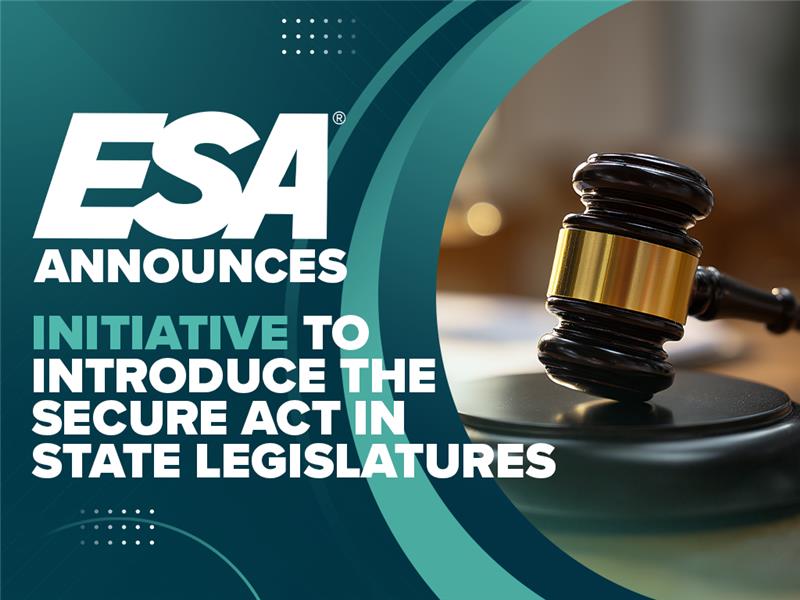The President Stays Busy with Executive Orders While Congress Haggles

With the new administration came a steady stream of executive orders (EO) to reverse the executive orders that were previously issued by President Trump. This was entirely predictable. News headlines focused on those with the most immediate economic and job impact such as the Keystone pipeline and ceasing border wall construction, but the more important EO’s in the long term will be those that change regulatory priorities. Examples of EO’s we will be watching for future impact include President Biden’s order that creates a “Made in America Office” within the Office of Management and Budget (OMB). Members who have federal contracts will find the language in this EO could be very disruptive, especially in electronic security and life safety contracts where equipment and components are often not manufactured in the United States.
We also expect to see a reversal in policy on labor issues as they relate to “joint employer” and independent contractor rules and definitions within the Department of Labor. We expect some of the new Administration orders, once enforced, will end up in court. Then, we will see where the courts ultimately land on some policy issues that have gone back and forth for years.

Other regulatory priorities are also likely to change with the Federal Communications Commission, particularly with its stand on “net neutrality.” Where the Trump Administration’s FCC took a “light touch” regulatory framework, we expect this course to be reversed as soon as Biden appointees make their way to this commission.
While President Biden fills his Cabinet and issues his EO’s, Congress is working on another round of stimulus. The $1.9 Trillion package pushed by House and Senate Democrats is more than twice the amount supported by most Republicans. It is not yet clear if this will be pushed through the budget reconciliation process (thus bypassing the filibuster rules in the Senate), or if a consensus agreement is reached on funding. Budget reconciliation is complicated, and it is not likely all the items in the Democratic package would be eligible so, Congress continues to haggle . . .
The most important matter before Congress and the new administration is its continuing response to COVID-19. It is critical for real economic recovery to take hold that the climate of fear subsides. And, for this to happen Congress and the President must continue their push for rapid vaccine distribution and broader administration of therapeutics that work. At some point, sooner rather than later, a large enough percentage of the population will have been vaccinated or rendered immune after recovering from COVID, and we can all get back to living life without a pandemic or the fear.




